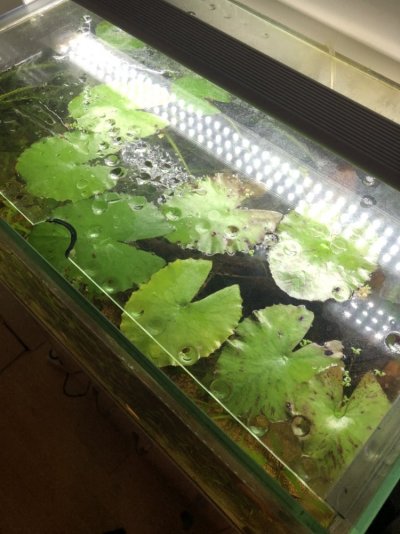SwampeastMike
Aquarium Advice Activist
Established 180-gallon planted tank will full animal load.
Tap water pretty nasty. It's "ph and softness adjusted" by the city and varies but typically ph 7.5-7.7 with kh 6 and gh 8. Have a water softener installed on the home system but always put it on bypass when using any tap water for replacement.
Now have a nice rainwater collection system and keep using more and more with water changes.
ph is around 6.8-7.0 with kh 3 and gh 5. All the residents are far happier with this ph than what comes from the tap. Ammonia and nitrites always 0.0 with nitrates in the 20-30 ppm range.
Am I correct that these are near ideal water conditions? Also correct that if I use more rainwater to get the ph down a bit more that kh in particularly will have to drop significantly thus allowing ammonia spikes?
Thanks for any advice.
Tap water pretty nasty. It's "ph and softness adjusted" by the city and varies but typically ph 7.5-7.7 with kh 6 and gh 8. Have a water softener installed on the home system but always put it on bypass when using any tap water for replacement.
Now have a nice rainwater collection system and keep using more and more with water changes.
ph is around 6.8-7.0 with kh 3 and gh 5. All the residents are far happier with this ph than what comes from the tap. Ammonia and nitrites always 0.0 with nitrates in the 20-30 ppm range.
Am I correct that these are near ideal water conditions? Also correct that if I use more rainwater to get the ph down a bit more that kh in particularly will have to drop significantly thus allowing ammonia spikes?
Thanks for any advice.

